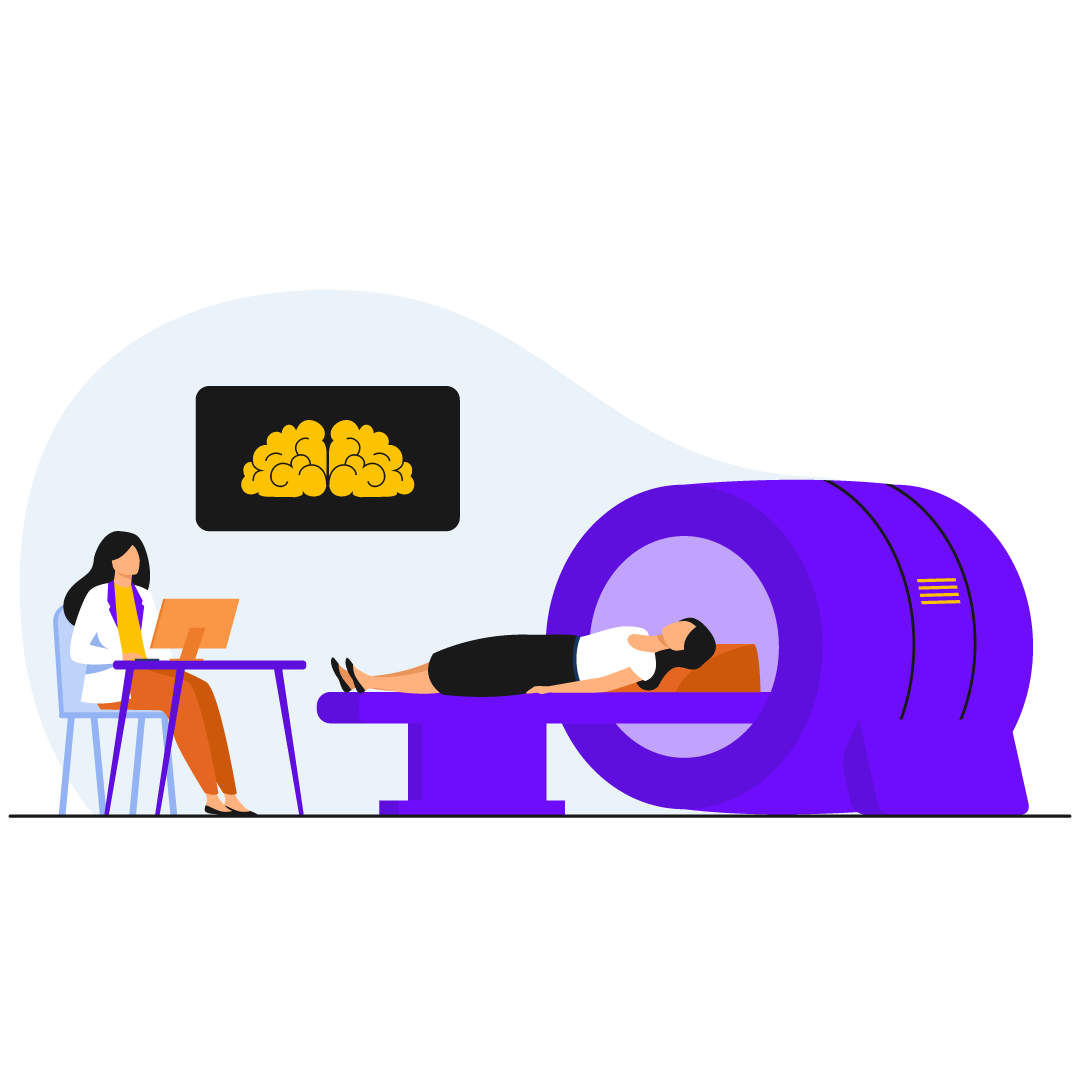Translations for medical devices
We regularly handle translation projects related to medical devices and medical equipment for various global clients.
Translations for medical devices require linguists to have flawless language capacities, knowledge of area-specific terminology, and in-depth orientation in current regulations and laws, such as MDR. For that reason, we carefully handpick linguists meeting all these requirements.
As part of ongoing quality assurance activities, we create and update terminology guides, including dictionaries and glossaries, to maintain homogeneity of the terminology used.
Thanks to a global pool of linguists, specialised vendors and expert knowledge on current terminology relating to medical devices, as well as an awareness of specific regulations in force, we can provide high-quality translations of any materials used in the field of medical devices.
In addition, as a vendor for CROs, we also handle projects related to clinical investigations with medical devices.
On top of standard translation services for complex materials used by the medical devices industry, we also provide full DTP services, including layout recreation.
Due to the dynamic development seen in telemedicine and e-health, we regularly handle localisation projects for medical applications, including those classified as medical devices.
Thanks to our many years of experience in localisation projects related to medical devices, our clients can be sure that:

Types of materials
For the medical devices industry, we most frequently handle:
Localisation projects in
telemedicine and e-health solutions are frequently handled by medi.global
Localisation
Localisation projects are some of the most demanding, as they require not only output of adequate quality, but also consideration of the cultural conditions and market needs in the countries where the translations will accompany the devices.
This is particularly important for e-health and telemedicine, solutions in which cutting-edge technological solutions are used, and which are marketed simultaneously in several countries around the globe and in a manner that needs to be fully compliant with medical device regulations.
At medi.global we are happy to take care of such projects. Thanks to rich language coverage we are able to select the vendors and revisers that are best suited to a particular project. The support of localisation engineers and application of cutting-edge translation technologies ensures no back-office difficulties with project handling.
The workflow for localisation projects includes, but is not limited to:
Portfolio of services
We are constantly expanding our portfolio of translation and localisation services for medical devices, and provide uninterrupted access to the following:
Depending on the type of material, as well as the desired target group, we also offer tailor-made service workflows, with our PMs being able to advise on what services and combinations thereof are particularly suited for individual projects. Documents intended for internal or in-house use may undergo translation and QA only, while documents submitted to regulators should be prepared as sworn (certified, notarised) translations. Localisation of software should comprise not only translation, editing and proofreading (TEP) stages handled by native speakers, but also adequate technical preparation of the project.
The translation and localisation process is supported by advanced technological solutions
Technological solutions
When handling translation and localisation projects related to medical devices and telemedicine (e-health), it is important to handpick vendors with adequate experience and ensure smooth technical preparation of the project. Thanks to modern tools such as computer-assisted translation (CAT) solutions, glossaries, termbases, translation memories (TMs) and custom NMT solutions,we are able to provide the highest possible conformity of such translated documents.
We also rely on quality assurance tools (QA), which support our linguists, revisers, proofreaders and editors in eliminating any errors and shortcomings at every single stage of the project. We implement, adapt and update quality checks suited to the needs of the clinical trial industry, including the use of preferred/forbidden terminology, correct localisation of addresses, numerals and units of measure, observance of predetermined string lengths, and preservation of the necessary structure.